Dual Nature of Light
Sometimes it behaves like a particle (called a photon), which explains how light travels in straight lines. And sometimes it behaves like a wave, which explains how light bends (or diffracts) around an object.

NEWTON (1643-1727)
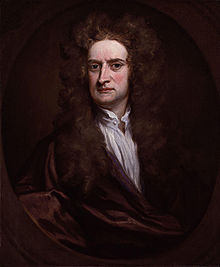
States that light is a article. It can reflect or refract. His “Principia” first published in 1687.
One year after the Italian Natural Philosopher Francesco Grimaldi’s work on diffraction was published Sir Isaac Newton bought his first prism in 1666.
The image below is the crucial experiment of Newton.

Newton passed a beam of white light through two prisms, which were held at such an angle that it split into a spectrum when passing through the first prism and was recomposed, back into white light, by the second prism (as shown in Figure 3.1). This showed that the color spectrum is not caused by glass corrupting the light. Newton claimed this was a ‘crucial experiment’
He claimed that Grimaldi’s diffraction was simply a new kind of refraction. He argued that the geometric nature of the laws of reflection and refraction could only be explained if light was made of particles, which he referred to as corpuscles, since waves don’t tend to travel in straight lines.
After joining the Royal Society of London in 1672, Newton stated that the 44th trail in a series of experiments he had previously conducted had proven that light is made of particles and not waves.
CHRISTIAN HUYGENS (1629-1695)
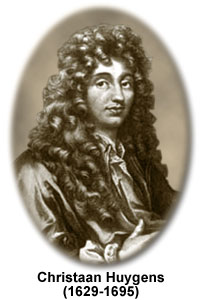
He states that light is a wave.
Dutch physicist, Christiaan Huygens, believed that light was made up of waves vibrating up and down perpendicular to the direction of the light travels, and therefore formulated a way of visualizing wave propagation.
This became known as ‘Huygens’ Principle’. Huygens theory was the successful theory of light wave motion in three dimensions. Huygen, suggested that light wave peaks form surfaces like the layers of an onion. In a vacuum, or other uniform mediums, the light waves are spherical, and these wave surfaces advance or spread out as they travel at the speed of light. This theory explains why light shining through a pin hole or slit will spread out rather than going in a straight line.
THOMAS YOUNG (1773-1829)
the double slit experiment
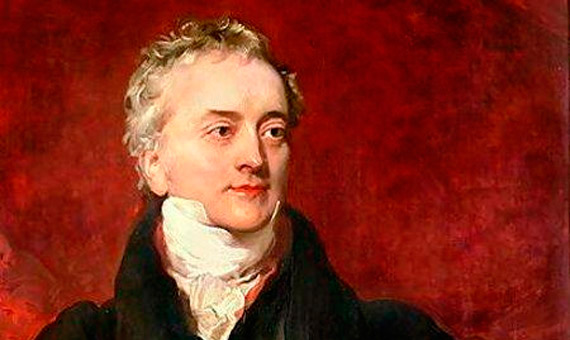
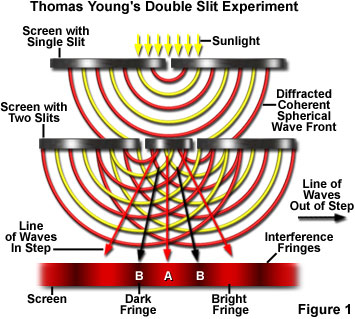
He convincingly demonstrated the wave nature of light –contrary to the ideas of Newton who believed light was composed of a stream of particles– through the double-slit experiment, known today as Young’s light-interference experiment.
His experiment is considered to be one of the most beautiful experiment in physics and most favorite experiment of light.
With this experiment Young challenged the theories of Isaac Newton and proved that light is a wave, because light suffers the phenomenon of interference that is typical of the waves. When the waves emerging from two narrow slits are superimposed on a screen placed at some distance parallel to the line connecting these slits, a pattern of bright and dark fringes regularly spaced appears on the screen (interference pattern). This is the first clear proof that light added to light can produce darkness.
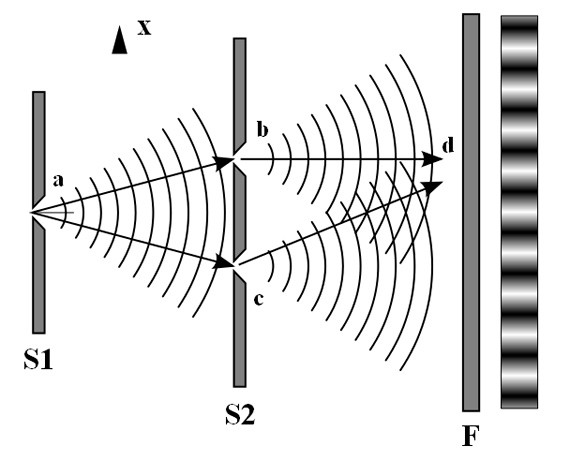
ALBERT EINSTEIN (1879-1955)
he observed the photoelectric effect. But later in 1921 when he explained it.
According to him light is a particle. color is determined by the wavelength it emits.
Light is considered particle (because of the photoelectric effect) and wave ( because of the double slit experiment).
DAVIDSON
He duplicated Young’s double slit experiment using crystals proving de boyle’s theory.
In our lesson in diffraction we conducted an activity
I. Materials
- CD or DVD
- Cutter or blade
- Laser
II. Objectives
- to observe what will happen to the light.
- Actual experience of the Double slit experiment
III. Procedure
- prepare all the materials.
- remove the label of the CD or DVD
- Place it on the wall at least 1 ruler appart
- point the laser to the CD
- Observe
IV. Documentation
After performing the activity there is a equation you need to know.



